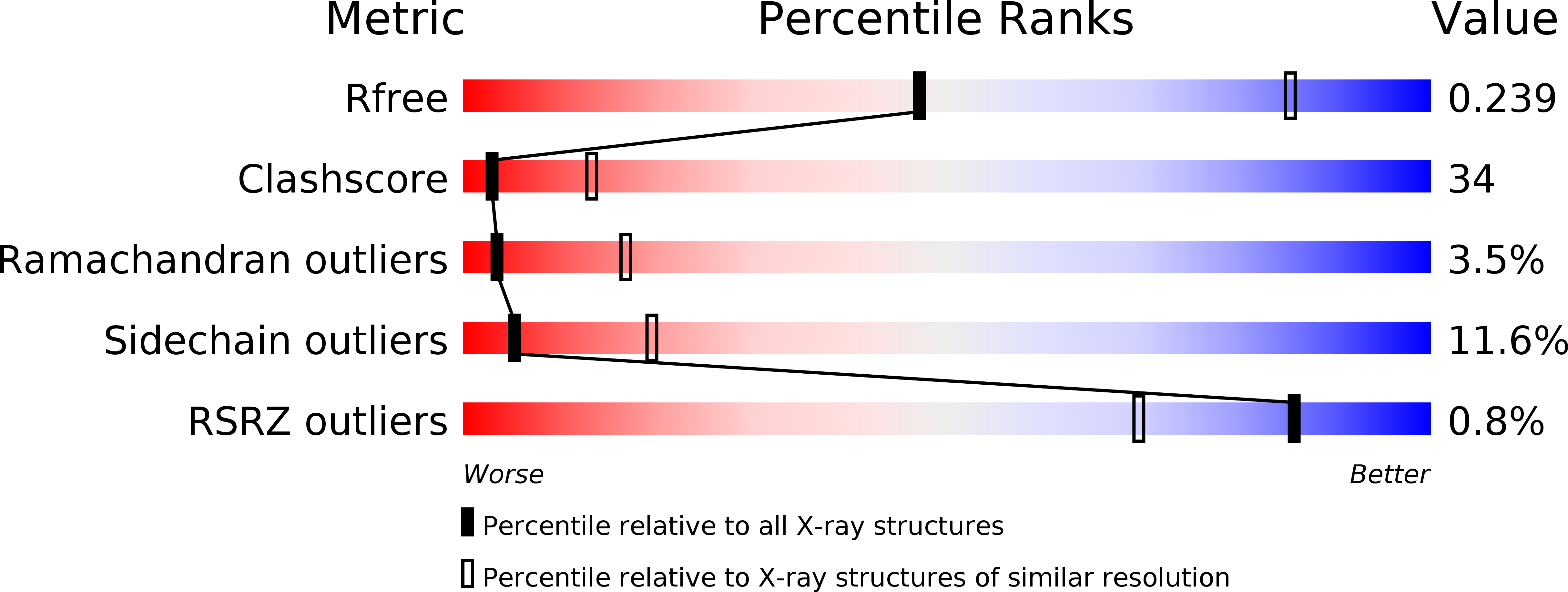
Deposition Date
2007-06-25
Release Date
2008-02-19
Last Version Date
2023-11-01
Entry Detail
PDB ID:
2Z4R
Keywords:
Title:
Crystal structure of domain III from the Thermotoga maritima replication initiation protein DnaA
Biological Source:
Source Organism:
Thermotoga maritima (Taxon ID: 2336)
Host Organism:
Method Details:
Experimental Method:
Resolution:
3.05 Å
R-Value Free:
0.26
R-Value Work:
0.23
R-Value Observed:
0.23
Space Group:
C 1 2 1


